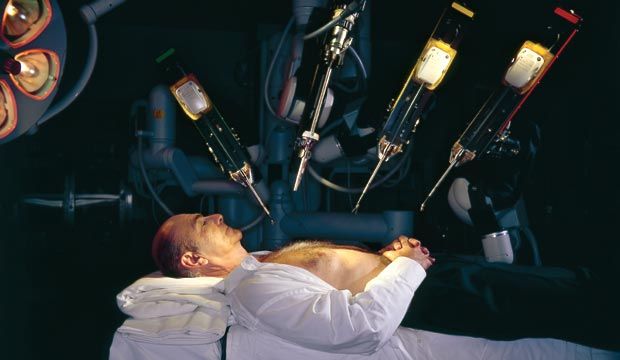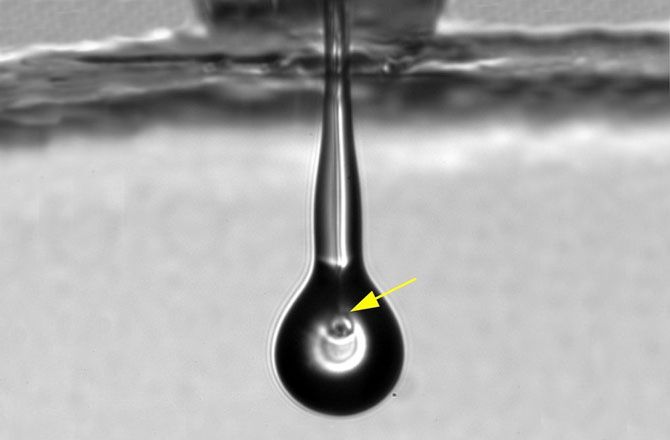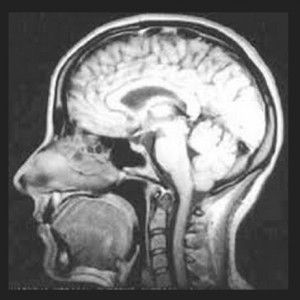Dec 30, 2013
Overmanagement
Posted by Andres Agostini in categories: automation, big data, biotech/medical, bitcoin, business, complex systems, cosmology, defense, economics, education, energy, engineering, ethics, existential risks, futurism, geopolitics, government, information science, life extension, nanotechnology, neuroscience, physics, robotics/AI, science, scientific freedom, security, singularity, transparency
Overmanagement by Mr. Andres Agostini

This is an excerpt from the conclusion section o, “…Overmanagement…,” that discusses some management strategies. To read the entire piece, just click the link at the end of article:
BEGINNING OF EXCERPT.
Question: What other contemporary issues particularly concern you? Do you find signs of
hope or resistance around these issues that, perhaps, you finding heartening?
















